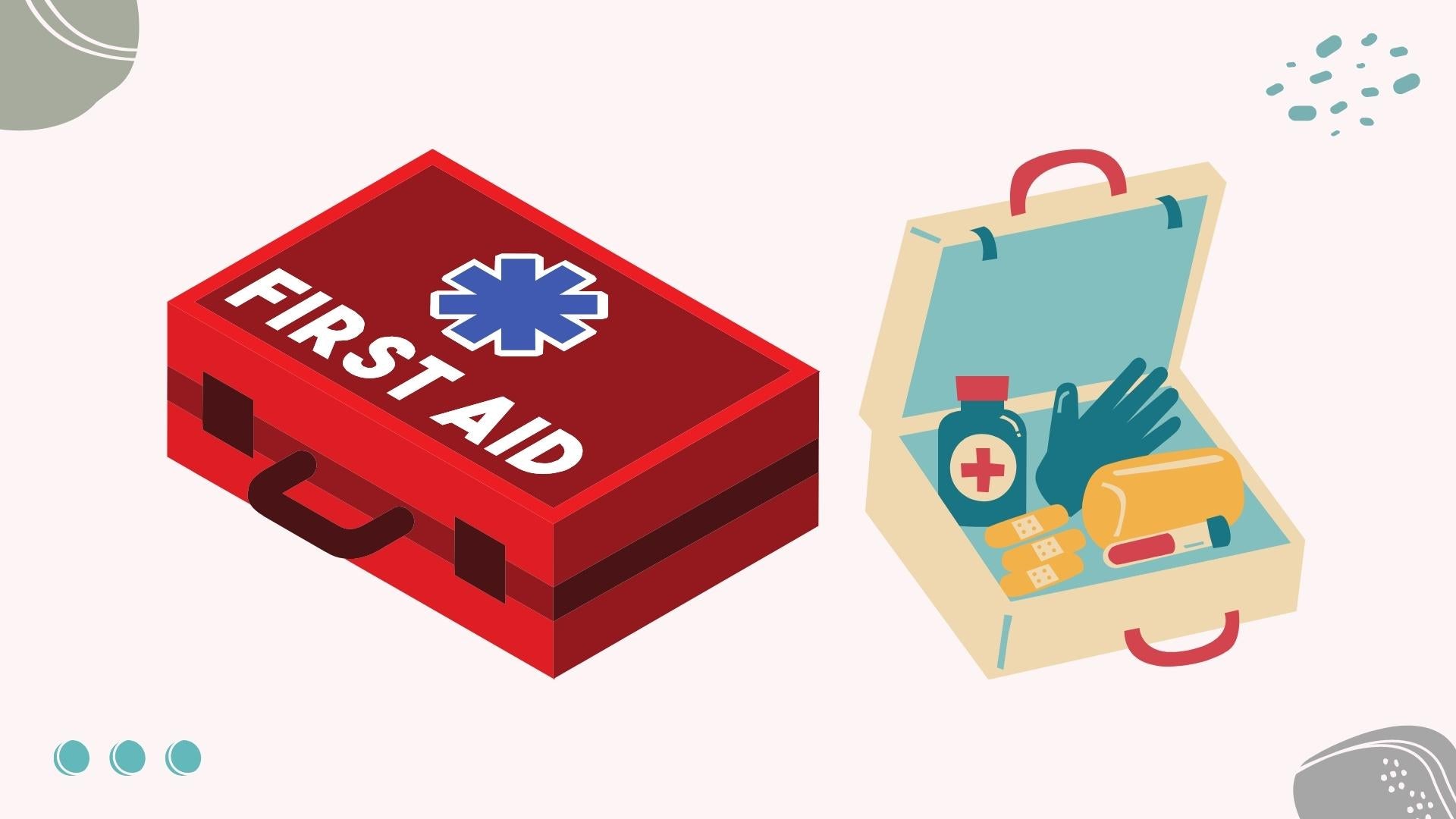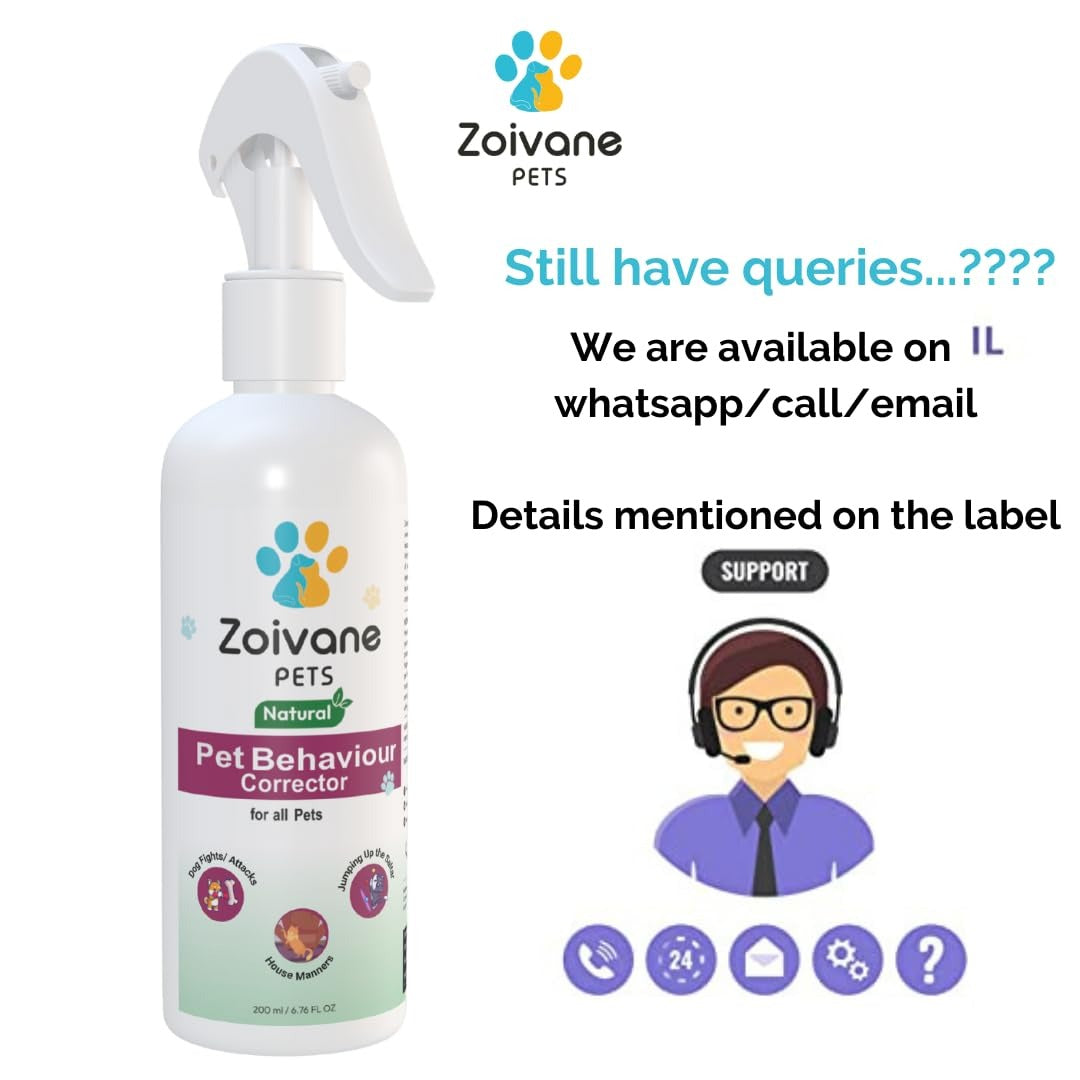
Pet First Aid: Everything you need to know
What do you do if your pet has a seizure in front of you? What do you do if your pet bumps into something, cuts himself or falls down the stairs & starts limping? What do you do if on a hot day your pet faints? What do you do if your pet eats something he’s not supposed to? Normally, any pet parent would panic & not know what to do in such situations.
To avoid the feelings of panic & helplessness that may accompany these situations, we recommend keeping a first aid kit and ensuring the following steps to better prepare you for a pet medical emergency. This blog encompasses all necessary information regarding emergency first aid, what you should have in a first aid kit and what to do in which situation.
Always remember that any first aid administered to your pet should be followed by immediate veterinary care. First aid care is not a substitute for veterinary care, but it may save your pet's life until it receives veterinary treatment.

What should have in your first aid kit?
Make sure to keep the following items handy in your first aid kit for any & all kinds of emergencies. Our handy checklist tells you all the supplies you should have on hand for pet first aid. Print out a copy to use for shopping, and keep a copy in your house for your family, for quick reference in case of emergencies: -
- Gauze: Lightweight, latex-free white medical gauze is a great essential first-aid item to have around in the event of an injury to your pet. This is especially handy when bandaging light wounds.
- Bandages (regular or non-stick)
- Adhesive Tape
- Cotton balls: cotton balls are super soft and can function in either the application of medicine or the cleaning up of cuts or wounds.
- Hydrogen Peroxide: An antiseptic like hydrogen peroxide is always a good idea to have on hand in your first-aid kit, to help prevent infection in the event of any injury.
- Antibiotic Spray/Ointment: can be used to treat cuts, sores, rashes, dry skin, and allergies, and is safe for dogs if accidentally ingested, making it a great emergency item.
- Digital Thermometer
- Medicine Box
- Scissors
- Tweezers: Tweezers are a must-have for any first aid kit, and with stainless steel slant tips, this precise pair will be helpful when picking splinters out of your dog’s paw, or ticks out of their fur.
- Syringes: Use eyedroppers or syringes to flush wounds or to give oral medications to your pet.
- Flashlight
- Small Towel
- Soft muzzle: Your pet may become frantic if hurt or wounded, and a muzzle may help to keep them from biting.
- Collar: In an accident or other emergency, your dog’s collar may come off or the leash may snap. Make sure you have an extra one available.
- Portable bowl

We generally do not expect or think any adversity will befall us, the same goes in the case of our pets. Pet first aid often takes a backseat when everything is going well. However, as a pet parent, there are certain tips you must know and keep in mind about pet first aid, if the following situations were to ever arise:
Mitigation: Reduce the risk of injury or incidents by making sure your surroundings are pet proof. Keep harmful chemicals out of their reach, poisonous food items away from them and no jutting furniture that may cause cuts.
Breathe! Stay calm: Before jumping into a frenzy of action, remind yourself to stay calm and breathe through it. Think first and then act. Use a soothing voice to calm your pet down. Your pet may act aggressively if he’s in pain. Avoid confrontational body language.
Fractures / Ligament tears: Muzzle the pet if possible and prevent it from running off to avoid further injuries. Lay down your pet on a flat surface and you can cover the bone with common household items like a piece of cloth, bubble wrap etc. Transport your pet immediately to the vet on a stretcher.
Seizures: Gently move your pet away from objects that might harm it and time the seizure. After it has passed, keep your pet warm and contact your vet.
External Wounds: For wounds, cuts and tears, simple and chronic wounds, bite wounds and many other problems, use the first aid kit. The first objective should be to stop any bleeding, if any. The second step should be to clean the wound with an antiseptic and cover it with a bandage. This should be followed by an immediate vet visit.
Rashes and redness: Itching can be a major problem in certain seasons and breeds. There can be several underlying causes of the same, ranging from ticks to rashes. The Zoivane Tick & Flea spray & the Tick & Flea collection are a valid solution to itching and redness that your pet dogs and cats might be experiencing. If the problem still persists, contact your veterinarian.
Burns: In case of normal or chemical burns, wash with lots of water and in case of severe burns, give an ice water compress. Take your pet to the vet as soon as possible.
Emergencies can strike at any time, whether you’re at home, running errands around town, or traveling. When they do occur, you should always be prepared with a dog first-aid kit, in addition to your human supplies.

You can connect with Zoivane Pets on our Website, Instagram, Linkedin, Facebook & YouTube. For suggestions, queries or feedback mail us at wecare.zoivane@gmail.com or Whatsapp us on +91-9727054006
















اترك تعليقًا
This site is protected by hCaptcha and the hCaptcha Privacy Policy and Terms of Service apply.